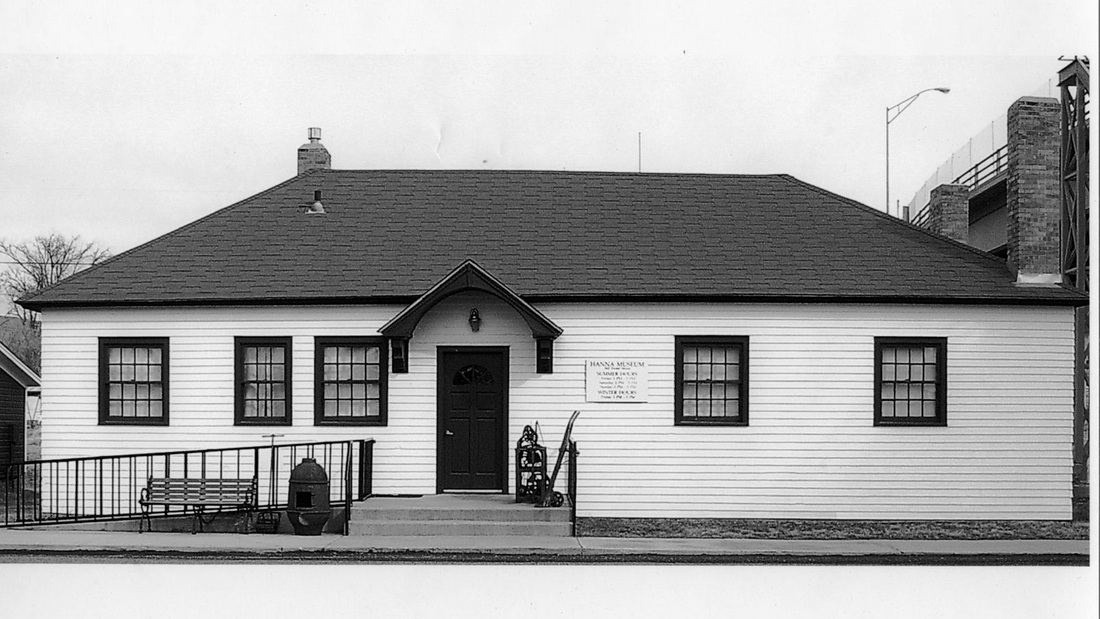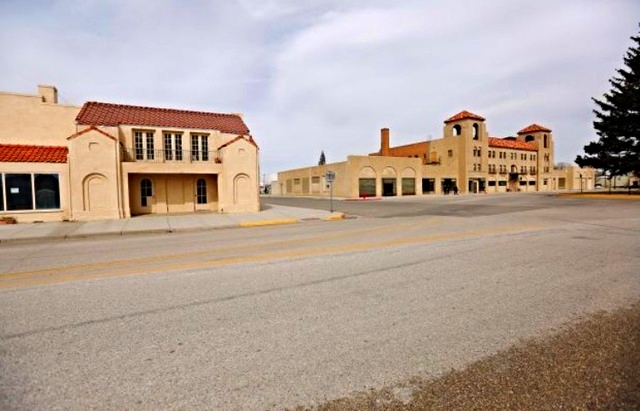By Katherine Kasckow
February 8, 2017
Within the city of Rock Springs stands the grandiose Saints Cyril and Methodius Catholic Church that was officially listed on the National Register of Historic Places on December 22nd, 2015. With its Romanesque architecture and a 125-feet bell tower, the Church looms over the southwestern Wyoming town. Saints Cyril and Methodius Catholic Church was constructed when the original Catholic church, Our Lady of Sorrows, could not host the expanding Slavic population of Rock Springs. Between 1900 and 1910, Rock Springs was a booming mining town and the population of people from Eastern Europe across the country saw a large increase.
Though ideas were tossed around within the Diocese in 1907 to create a church for the rising Slavic population, a plan to actually build the church was not formulated until April 1910. Construction began with the digging of the church’s basement in 1912. Due to limited funds, the basement became the place of worship for the next fourteen years until money was raised for the continuation of construction. In 1920, the brick rectory was completed. The church was finally completed by the architect Daniel D. Spani and builder F.H. Cowell under the supervision of Austrian Reverend Anton Schiffrer on December, 13, 1925.






1 Comment
byTraci Zuehlsdorff
There is a sentence that indicates that Cyril and Methodious were "exposed to the Slavic population" in Rock Springs, Wyoming, but were from Thessalonia. That needs corrected. Also, OLS required people to cross the train tracks, especially children going to religion classes. This was a big issue for the people and a reason for a second church. OLS was of Italian design and they were the predominate population when it was built. The Slavic peoples wanted a church where their children could go to religion classes without crossing the tracks (hence North Side of the tracks) and in their vernacular.
Comments are closed.